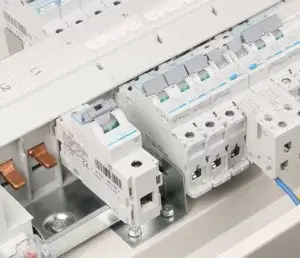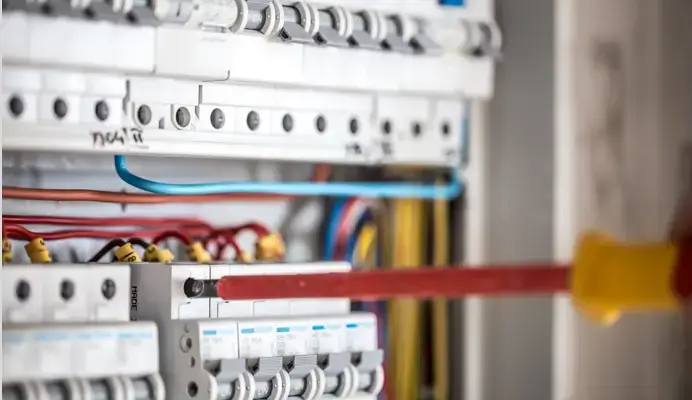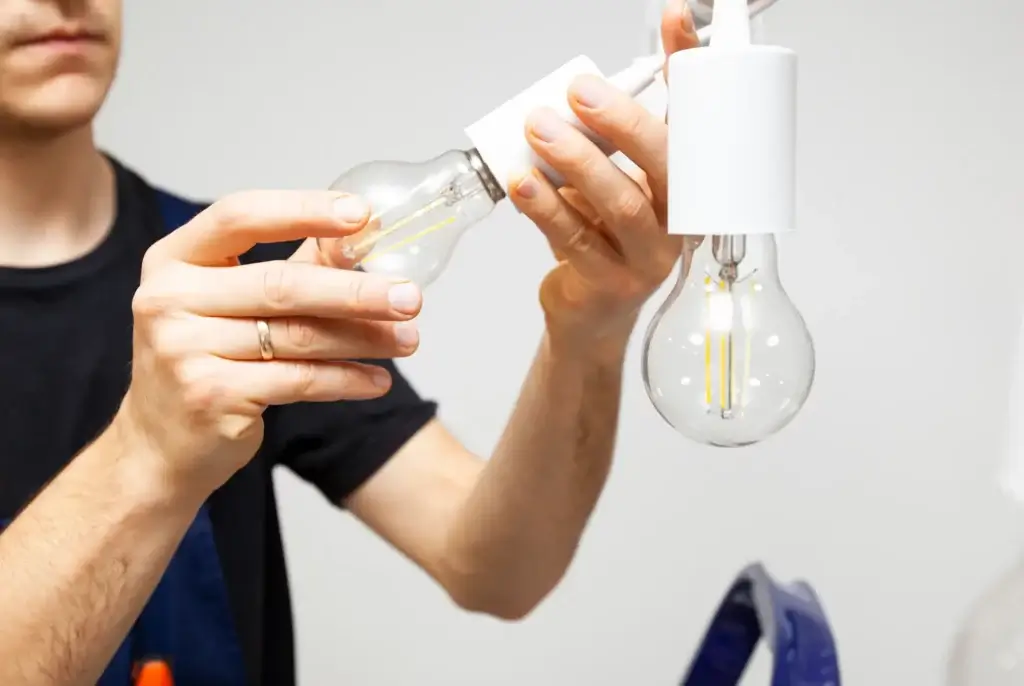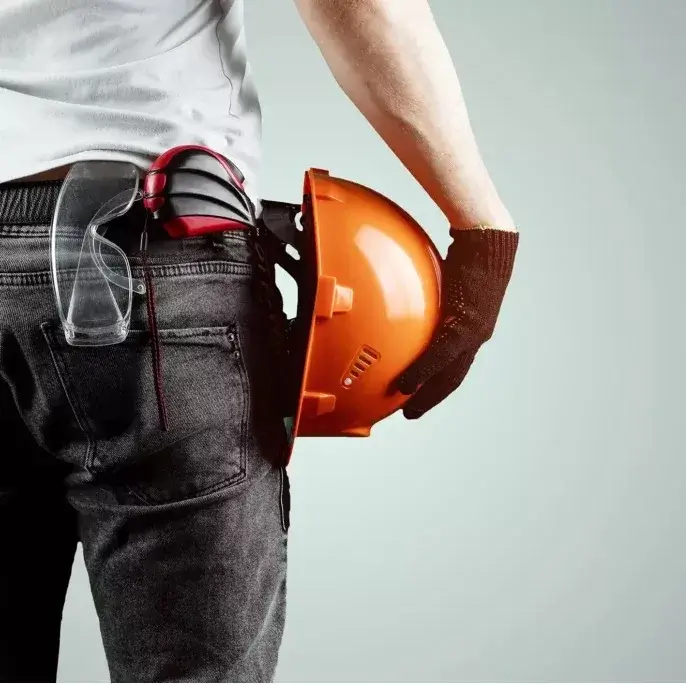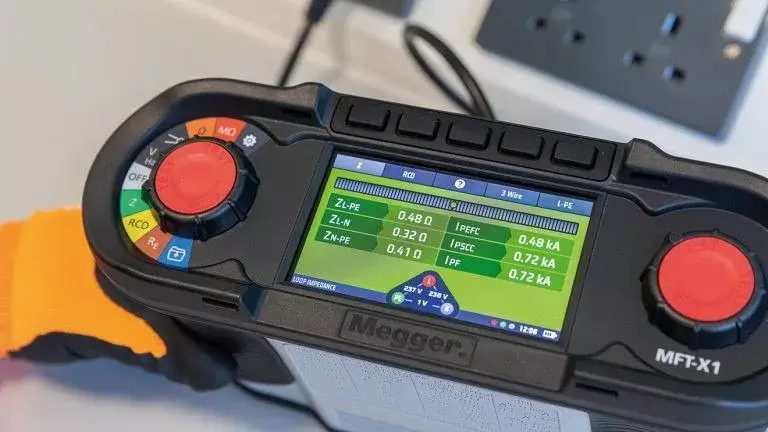- What you should know about distribution board installation? What does a consumer unit do?
- What is the difference between a consumer unit and a distribution board?
- What standards must a distribution board meet?
- How long does it take to install a new distribution board and is there any down time?
- Do you need to turn off the power to replace a distribution board?
- Does a consumer unit need to be mounted on a board?
- Can I fit a new consumer unit myself?
- How long does it take an electrician to replace a consumer unit?
- How high does a distribution board need to be?
- Can I still fit plastic consumer units?
- How far can a consumer unit be from meter?
- Do consumer units need to be replaced?
Renovate Today have wide experience in Distribution Board Installation across a variety of sectors and types, single phase 230 Volt, 3 phase 400 Volt and domestic boards, also known as consumer units.
When it comes to home appliances, the electrical distribution board has a massive importance. This board transfers the electrical power from the central power plant to the homes and businesses in your area.
Residual current circuit breakers are essential for the safety of people and equipment. It is important to replace these breakers on a regular basis, especially in the event of any earth leakage incidents.
A properly installed electrical distribution board can prevent many issues, save money on future repairs, and speed up the restoration process in the event of a power outage. Proper
electrical distribution board installation is key to a safe home.
What is a distribution board? What does a consumer unit do?
The distribution board which can also be known as a consumer unit is responsible for powering the circuits in the house. This consists of multiple parts, such as: the mains switch, the residual current devices (also known as RCD) and circuit breakers. You must be aware of the location of your consumer unit. This is important as in case of emergency you may need to turn it off or on.
A distribution board is also found in the commercial or the industrial buildings. In the most cases it consists of incoming three-phase electricity supply and outgoing three phase or single-phase circuits that are always protected by MCBs or RCBOs.
What is the difference between a consumer unit and a distribution board?
Very often these two terms are used interchangeably but that is not 100% accurate. Consumer units are a type of distribution board, however not all distribution boards are consumer units. Normally, a consumer unit is found in the domestic properties, while a distribution board is found in the commercial and the industrial premises. A distribution board has a three-phase incoming electrical supply. A consumer unit always has a single-phase incoming supply and this is the main difference.
Generally, all distribution boards are capable of handling much more load than the consumer units.
What standards must a distribution board meet?
The minimum required standard required for the existing distribution board installation is as follows: the distribution circuit that supplies the distribution board must be adequate and must have the correct overcurrent protection, the final circuits that do not have any Circuit A or Circuit B defects can be connected to the new distribution board. Also, the rating and the condition of any existing equipment must be adequate. The rating and condition of any existing equipment including that of the distributor must also be proper. The earthing and bonding arrangements necessary for the safety of the alteration have to be adequate and the main earthing terminal of the installation has to be connected to an adequate means of earthing via a suitably sized earthing conductor.
How long does new distribution board installation take and is there any down time?
The time that it takes to install a new distribution board varies depending on how many circuits there are to connect into it. Also, the type of cabling the circuits are is very important, for example it can be SWA, or twin and earth. Other important factors you must consider are the distribution board wiring system and whether the trunking will require to be installed or adjusted to adapt to the new distribution board.
In general, a small distribution board could be changed in 4 hours, while a larger distribution board could take one day. Some more complex distribution boards installations may require 2 days or even more.
Do you need to turn off the power to replace a distribution board?
In order to replace the distribution board, we must isolate the power supply to it, so all circuits supplied by the DB have to be disconnected while we carry out the replacement.
Does a consumer unit need to be mounted on a board?
Technically you can mount a distribution board onto anything. It can also be mounted on a piece of OSB. There is no direct reg in
BS7671 18th – which states the mounting material is required to be be non-combustible.
Can I fit a new consumer unit myself?
Installing a new consumer unit is a very serious job, therefore we do not recommend you to do it yourself under any circumstance unless you are a qualified electrician. If not, you should not try to replace your own consumer unit. It is important to know that it is a legal requirement that this type of electrical work is carried out by a certified and experienced professional.
How long does it take an electrician to replace a consumer unit?
Consumer unit upgrades can be done in 3 to 6 hours on average. But depending on the main complexities of this installation, it may take much longer or it may require an additional electrician to come in and assist the electrician installing the consumer unit.
How high does a distribution board need to be?
Consumer units must be mounted so that the switches are 1350-1450mm above the floor level. This is the legal requirement.
Can I still fit plastic consumer units?
Yes, you can fit plastic consumer units without any problem. You can purchase a brand new plastic consumer unit, so as long as it’s fitted in a non-combustible casing it would be acceptable.
How far can a consumer unit be from meter?
The meter tails between the meter position and the consumer unit should not be longer than 3 meters. In case the length is more than 3 meters, you have to install an additional protective device at the nearest point to the supply.
Do consumer units need to be replaced?
If your consumer unit is fully functional then you do not have to replace it. However, the older units do not have an RCD protection which is an essential component of the fuse box and breaks the electrical current in the case of an overload. Without this, there is a high risk of an electrical fire and shock.
